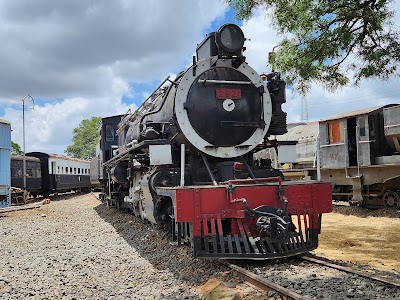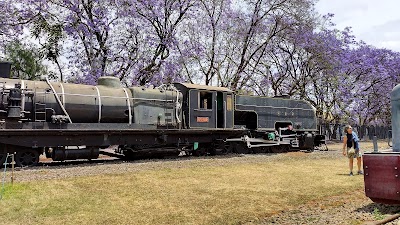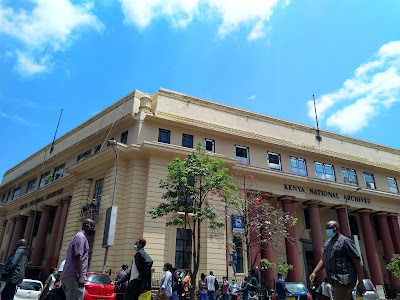Nairobi Railway Museum (Museo del Ferrocarril de Nairobi)
Overview
**Nairobi Railway Museum: A Journey Through Time**
Nestled in the heart of Nairobi, Kenya, the **Nairobi Railway Museum** offers visitors an engaging journey back to the golden age of rail travel in East Africa. Established in 1971, this museum is a treasure trove of historical artifacts and captivating stories that celebrate the essential role of the railway in the region's development. Located adjacent to the Nairobi Railway Station, the museum immerses you in an authentic ambiance, where the rumble of passing trains enhances the historical narrative.
At the center of the museum's exhibits is the **Uganda Railway**, later known as the **Kenya-Uganda Railway**. This significant infrastructure project, initiated by the British colonial government in the late 19th century, was critical in opening up the interior of Kenya and Uganda to trade, settlement, and economic growth. Commonly referred to as the 'Lunatic Line' due to its formidable challenges and high costs, the construction of this railway also led to the founding of Nairobi itself, which began as a depot and blossomed into Kenya's vibrant capital city.
One of the most captivating aspects of the Nairobi Railway Museum is its impressive **collection of steam locomotives**. These magnificent engines, once titans of the tracks, are preserved in exquisite detail, allowing visitors to marvel at their engineering marvels. Among the highlights is the famed **'Steam Engine No. 301,'** affectionately known as the "Mount Kilimanjaro," which played a vital role in transporting goods and passengers across East Africa. The museum also showcases various rolling stock, including passenger coaches and freight wagons, each with unique stories of the people and goods they carried across the vast landscapes.
In addition to the locomotives, the museum features a comprehensive collection of smaller artifacts, including old tickets, timetables, signaling equipment, and safety gear. These items provide a fuller picture of the day-to-day operations and the human stories behind the railway's grand narrative. One exhibit of particular note is dedicated to the **'Man-Eaters of Tsavo,'** a pair of lions that famously terrorized railway construction crews in 1898. This dramatic display captures the perilous nature of the railway’s construction and adds an element of intrigue to your visit.
The museum's exhibits extend outdoors, where several more locomotives and cars are on display, allowing visitors to get up close to these giants of the rail. As you walk among these towering machines, you can almost hear the hissing steam and clanging metal that defined the steam locomotive era.
For those seeking a broader historical context, the Nairobi Railway Museum effectively situates the railway within both colonial and post-colonial history in Kenya. Informative panels and guided tours explore how the railway facilitated the spread of colonial influence, the struggle for independence, and its role in modern Kenya's development. A significant focus is placed on the labor force, primarily composed of Indian workers brought over by the British, whose descendants continue to play a vital role in Kenya’s diverse population today.
In addition to its historical and cultural significance, the Nairobi Railway Museum serves an **educational purpose**, providing valuable insights into engineering and technology throughout the ages. Schools often organize educational trips here, and the museum hosts special events and workshops aimed at engaging younger audiences and sparking their interest in historical and technological subjects.
Photography enthusiasts will find the museum to be a delight, as the combination of historical artifacts, classic architecture, and the backdrop of active rail tracks creates stunning, evocative images. Visitors are encouraged to take their time, exploring every nook and cranny while capturing lasting memories of their visit.
Overall, the **Nairobi Railway Museum** is a must-visit destination for anyone interested in history, engineering, and the story of Kenya's development. It offers a captivating glimpse into a bygone era while illustrating the profound impact the railway had on shaping modern East Africa. As a foreign tourist, you will leave not only with photographs but also with a deeper understanding and appreciation of Kenya's journey through the lens of its railway history. This makes the Nairobi Railway Museum an enriching and unforgettable part of your Kenyan adventure.






